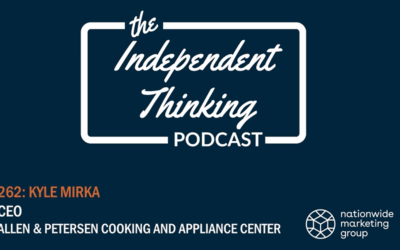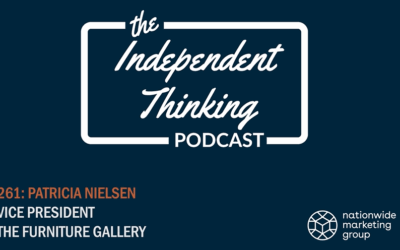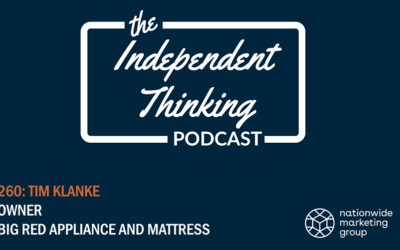Cart abandonment.
Gone are the days when these two words only referred to a physical shopping cart. We’ve all encountered a ditched cart in a grocery store aisle or grimaced at the sight of one careening across a parking lot. Yet, these occurrences are hopefully an exception to the norm.
Digital cart abandonment, on the other hand, happens more often than you might realize. According to Baymard research, 70 percent of online shopping carts are abandoned before checkout. Imagine the impact if seven out of 10 in-person shoppers did the same.
Sure, abandoned e-commerce carts won’t ding your car door, but they can leave a noticeable dent in your online sales.
Why Do Online Shoppers Abandon Cart?
Baymard’s most recent study on cart abandonment found that 43 percent of online U.S. shoppers in a three-month period abandoned a cart due to “window shopping, price comparison, saving items for later, exploring gift options, etc.” and fell into the category “I was just browsing / not ready to buy.”
While a significant number of browsers is expected, this data alone does not reveal why in-market shoppers might ditch that cart during the purchase process — which is why Baymard filtered out the “just browsing” segment to determine top reasons for cart abandonment among the remaining respondents.
- 39 percent — Extra costs too high (shipping, tax, fees)
- 21 percent — Delivery was too slow
- 19 percent — I didn’t trust the site with my credit card information
- 19 percent — The site wanted me to create an account
- 18 percent — Too long / complicated checkout process
- 15 percent — Return policy wasn’t satisfactory
- 15 percent — Website had errors / crashed
- 14 percent — I couldn’t see / calculate total order cost up-front
- 10 percent — There weren’t enough payment methods
- 8 percent — The credit card was declined
With these reasons in mind, how can retailers work smarter to address common barriers to purchase?
How to Reduce Shopping Cart Abandonment
STORIS — an ERP provider and NMG OneShop vendor partner — offers “10 Actionable Strategies to Reduce Shopping Cart Abandonment for Furniture and Appliance Retailers.”
- Streamline the checkout process
- Offer a guest checkout option
- Optimize for mobile
- Provide multiple payment options like BNPL
- Implement exit-intent popups with personalized incentives
- Provide real-time support with live chat
- Leverage retargeting campaigns with targeted ads
- Be transparent about shipping and delivery costs
- Enable wishlist functionality along with email reminders to revisit
- Follow up with abandoned cart emails that include purchase incentives
While this is not an exhaustive list, it is an excellent place to start. Having a streamlined checkout experience with user-friendly features and automations will allow you to work smarter, not harder, to drive more carts to completion.
GET MORE conversions with the new OneShop cart.
But what about trustworthiness?
How to Win Customer Trust Online
Per Baymard’s report, the third most common reason for cart abandonment stems from a lack of data trust — something that an optimized and automated checkout process alone can’t fully address.
A McKinsey study found that respondents considered a business’ trustworthiness (87 percent) and data protections (87 percent) to be nearly as important as price (94 percent) and quality (93 percent) — and equally as important as delivery time (87 percent).
Displaying “trust signals,” as Forbes puts it, is one way to legitimize your website’s security. These signals can include SSL and authentication icons to confirm an encrypted connection, security badges that indicate a website is secure, positive reviews from recent customers, and policy disclosures that offer more transparency.
NEED HELP managing your customer reviews?
Cart abandonment is something every must deal with — big box and independent alike. But dealing with it doesn’t mean accepting the inevitable and absorbing the hit to your online sales. With proactive and intentional recourse, you can address those common abandonment issues and increase the likelihood that your shoppers will convert.




